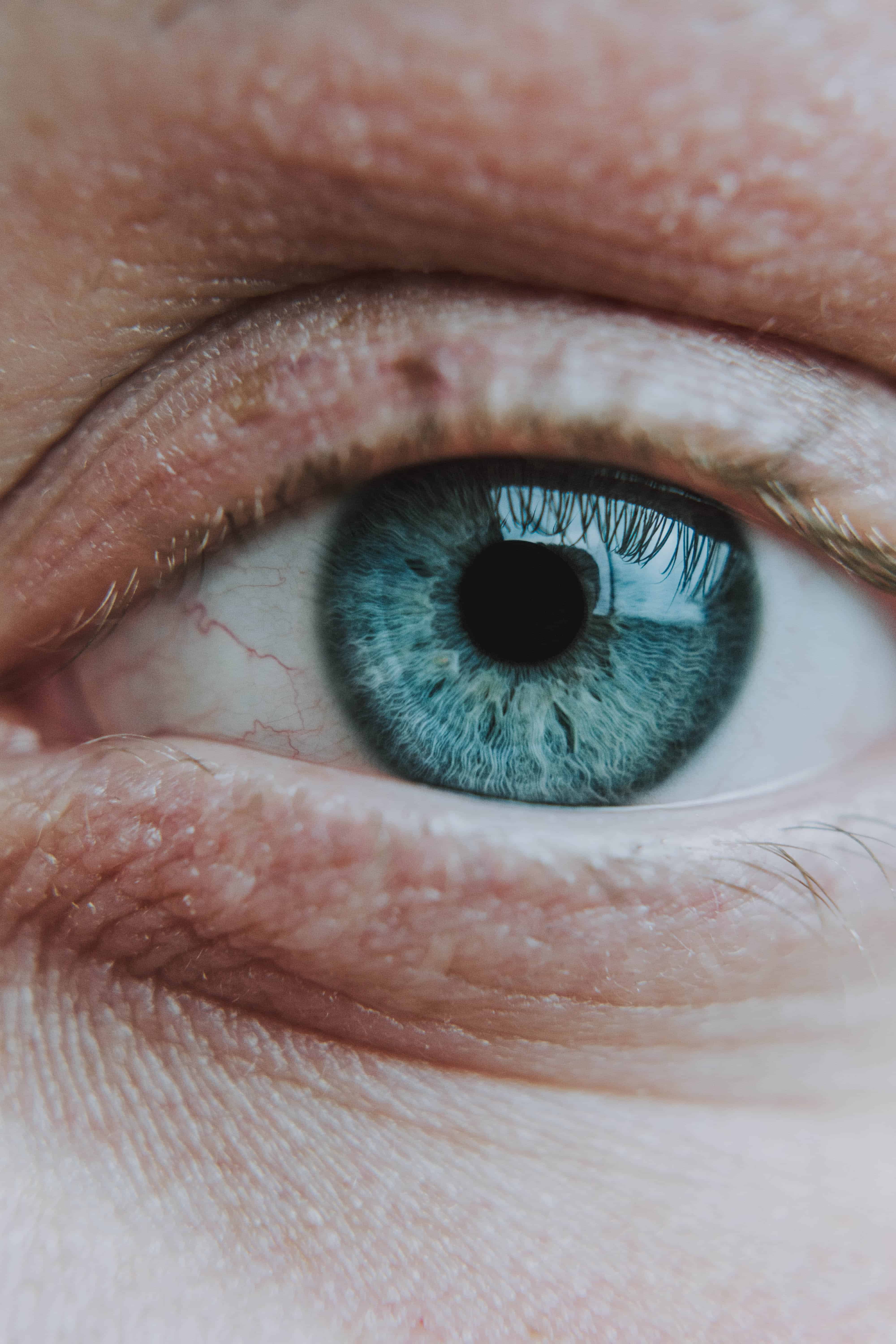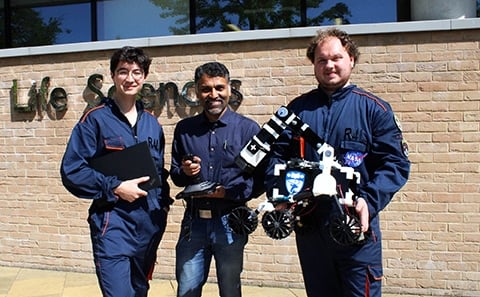
A team of eye specialists, mathematicians, and game designers at the University of Southampton have developed a smartphone app to improve treatment for children with amblyopia, or ‘lazy eye’, which affects one in 50 kids, says the university in a press release.
The app, created by spinout company Nucleolus Software, aims to encourage children to build positive associations with eye patch use, increasing the success rate of occlusion therapy. The app features games designed by graduates of the University of Southampton’s Winchester School of Art, and uses the smartphone’s camera to ensure the patch is worn correctly. Called The Amblios Club, the app is available for selected Android devices, with iPhone availability expected soon. A national survey in collaboration with Southampton charity Gift of Sight is also underway to understand barriers to successful patch-wearing.

Transforming occlusion therapy with gamification
The traditional treatment for amblyopia, occlusion or ‘patching’ therapy, requires children to wear an eye patch over their unaffected eye for a few hours each day, typically for six months. This encourages the ‘lazy’ eye to work harder and develop a stronger connection with the brain. However, the success rate for this treatment is only 50 percent, largely due to the time and effort involved, as well as the need for intervention from parents or carers. As Dr. Jay Self, Associate Professor of Ophthalmology at the University of Southampton, points out, consistency in wearing the patch is essential, but with a short window of time for the treatment to be effective, it is all too easy for busy households to give up.
The Amblios Club app aims to address these issues by using gamification to make occlusion therapy more enjoyable and engaging for children. They can play with Bambu the panda and his robot friend Bob, who live in a nature reserve and help maintain it while encountering various animals. The app utilises artificial intelligence and computational mathematics to sense whether the eye patch is being worn correctly, and if not, sends encouraging messages to the player to correct it. As children wear their patches properly, they unlock new levels and receive rewards, fostering a more positive association with the patch and, ultimately, increasing the effectiveness of the treatment.
Empowering parents and children through technology
Vanissa Wanick, games designer and senior lecturer at the Winchester School of Art, explains that The Amblios Club places children at the centre of the experience, making eyepatch use a ‘superpower’. The app also includes a nurturing and goal-setting scheme that grants children and their parents autonomy and control over the patching treatment. This approach aligns with research and teaching practices at Winchester School of Art, where games are used as a critical tool to explore their potential beyond entertainment.
As part of their efforts to better understand the barriers to successful patch-wearing and how game technology can help, the Southampton researchers and the Gift of Sight charity are conducting a national survey. They are inviting anyone who currently wears an eye patch, has ever worn one, or has experience helping a child wear one, to participate in the short online survey. The team is also running a crowdfunding campaign to support the continued development of the new app.







